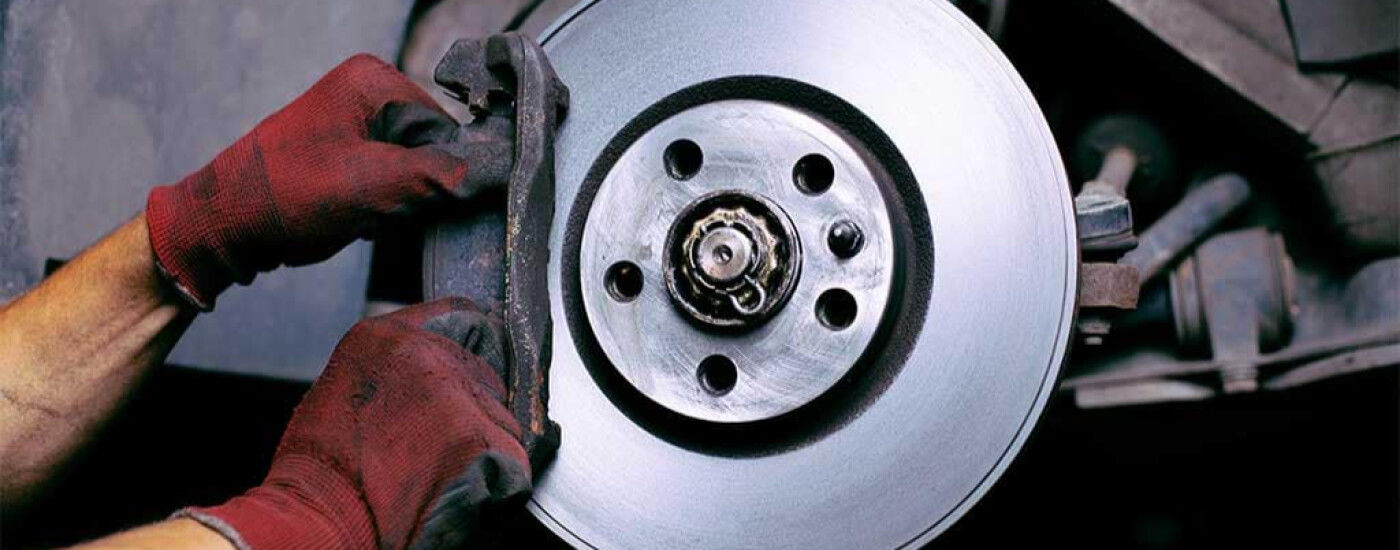2025 Mercedes-Benz SUV Towing Capacity Guide
The 2025 Mercedes-Benz SUV lineup offers a compelling blend of performance, refinement, and versatility—especially for those who require towing capability without compromising comfort or advanced technology. Whether you're hauling a camper to Muskoka, transporting recreational equipment around Brampton, or simply need the confidence of additional trailering strength, Mercedes-Benz provides...








